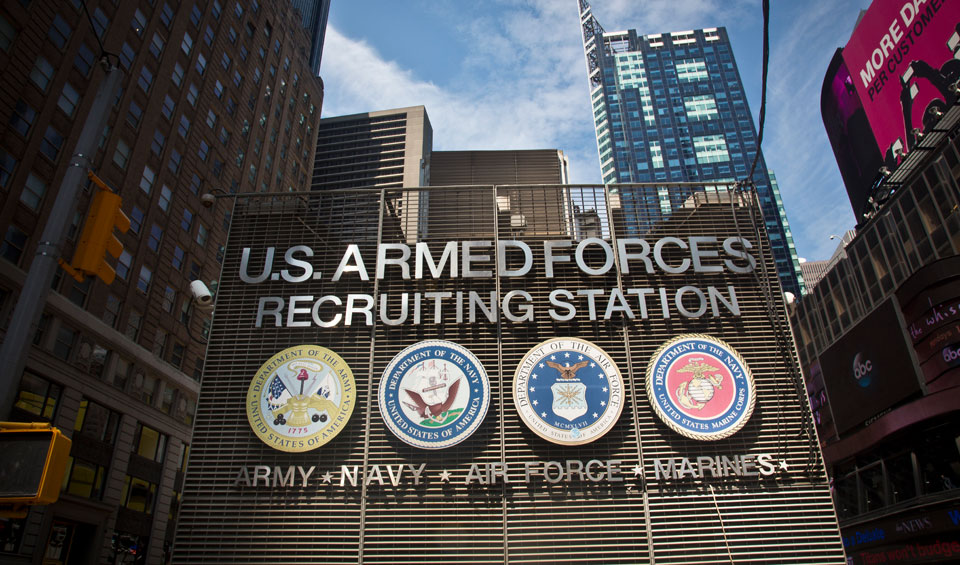
The U.S. Supreme Court announced June 7 that it has denied the petition for certiorari in the case of National Coalition For Men v. Selective Service System.
The Supreme Court’s action today leaves in effect the decision by the 5th Circuit Court of Appeals dismissing the complaint and the District Court judgment.
What has happened, and what does it mean for the future of Selective Service?
The Supreme Court’s self-imposed rules require the votes of four of the nine justices to hear a case. Those votes are taken behind closed doors, and neither how many justices (if any) voted to hear a case, nor how any individual justice voted, is made public unless one or more justices choose, at their own sole discretion, to disclose their vote and/or issue a written statement.
Most of the commentary about the decision in NCFM v. SSS is likely to focus on the written concurrence by the relatively unusual alliance of Justices Sotomayor, Breyer, and Kavanaugh, and what it may indicate about the justices’ attitude toward future sex discrimination cases. But that concurrence says nothing about the views of the other six justices whose votes on the petition for certiorari, whatever they were, were cast silently and without any public explanation—as is the norm.
Even the concurrence says little about the draft per se, and nothing at all about whether gender neutrality with respect to the draft and draft registration should be achieved by expanding draft registration to women or ending it entirely (both of which options are currently under consideration by Congress).
I’ll leave it to sex discrimination experts and Supreme Court watchers to analyze what this may mean for future Supreme Court decisions related to discrimination on the basis of sex. That’s not my area of expertise. I have more to say, though, about what this means for Selective Service.
Today’s decision is bad news—the worst news in years, perhaps decades—for opponents of the draft and draft registration.
The possibility of a Supreme Court ruling that would embarrass Congress by invalidating the current Selective Service registration requirement has been putting pressure on Congress to address the issue, which Congress has been avoiding for decades because it is impossible to look closely at the current draft registration program without it becoming obvious that is has failed. Few people comply, and a draft based on the current registration database would be impossible or at least unenforceable. Few members of Congress want to admit that a draft, currently included in Pentagon plans as a “fallback” option, isn’t a realistic option at all.
The June 7 decision by the Supreme Court takes the pressure off Congress and allows the current less than useless (male-only) draft registration program to continue indefinitely. This action by the Supreme Court reduces the threat that draft registration will be expanded to women, but it also reduces the already slim chances that registration might be ended altogether. Mostly, it increases the likelihood that men, but not women, will continue to be required to register.
Proposals to expand draft registration to women as well as men and to end registration entirely have already been introduced in Congress. Enough momentum on the issue built up while a Supreme Court decision was a possibility that these proposals are likely to be considered as part of this year’s annual National Defense Authorization Act (NDAA).
If Congress is stalemated between advocates for expansion and for elimination of draft registration, however, the path of least resistance is now for Congress to do nothing, put its head back in the sand, and let the status quo continue. The requirement for young men to register with, and report changes of address to, the Selective Service System, can remain on the books but unenforced and unenforceable. War planners can continue to pretend that a draft is always available if it is needed and that wars need not be limited to those that people are willing to volunteer to fight.
If Congress doesn’t act on one or the other of these proposals this year, the absence of any pressure from the courts means that draft registration is likely to fall back off the Congressional agenda entirely. This year remains our best chance in decades to put the last nail in the coffin of draft registration and may be our best chance for decades to come.
The concurrence, written by Justice Sotomayor and co-signed by Justices Breyer and Kavanaugh, seems intended to try to keep the pressure on Congress with an implicit threat that the Supreme Court might overturn the current draft registration program in a future case if Congress continues to do nothing: “It remains to be seen, of course, whether Congress will end gender-based registration under the Military Selective Service Act. But at least for now, the Court’s longstanding deference to Congress on matters of national defense and military affairs cautions against granting review while Congress actively weighs the issue.”
Realistically, though, this is a pretty weak threat unlikely to put much pressure on members of Congress who would rather avoid a decision for which they fear political backlash whichever way they vote: including women in contingency plans and preparations for a draft, or being accused of “undermining military mobilization” by ending draft registration.
Only three justices joined the concurrence—not enough votes to get a case heard by the Supreme Court, even if they all were willing to do so in another case after some further period of Congressional delay and inaction. And even if they had more votes, it could be many years before a case raising this issue is presented to the Court again. It’s been 40 years since the last case (Rostker v. Goldberg, 1981), and it could be another 40 years before the next one.
Opinion in Congress on the abolition of Selective Service probably lags behind that of the electorate, as on some other issues like marijuana legalization on which legislators were long afraid to act, but eventually found that action was popular. But it’s up to those who oppose the draft to let members of Congress know that we will support those who vote to end a failed draft registration program that only serves to embolden war planners to contemplate larger, longer, less popular wars. And it’s up to us to educate, agitate, and organize against the draft, to continue to work as allies to young men in their continued resistance to draft registration, and to prepare to do the same for young women if Congress does decide to try to expand draft registration to women.
This is a moment not to give up, but to escalate our resistance to draft registration and contingency planning and preparation for a military draft.
As with all op-eds published by People’s World, this article represents the opinions of its author.

MOST POPULAR TODAY


Zionist organizations leading campaign to stop ceasefire resolutions in D.C. area

High Court essentially bans demonstrations, freedom of assembly in Deep South

Communist Karol Cariola elected president of Chile’s legislature

Afghanistan’s socialist years: The promising future killed off by U.S. imperialism






Comments